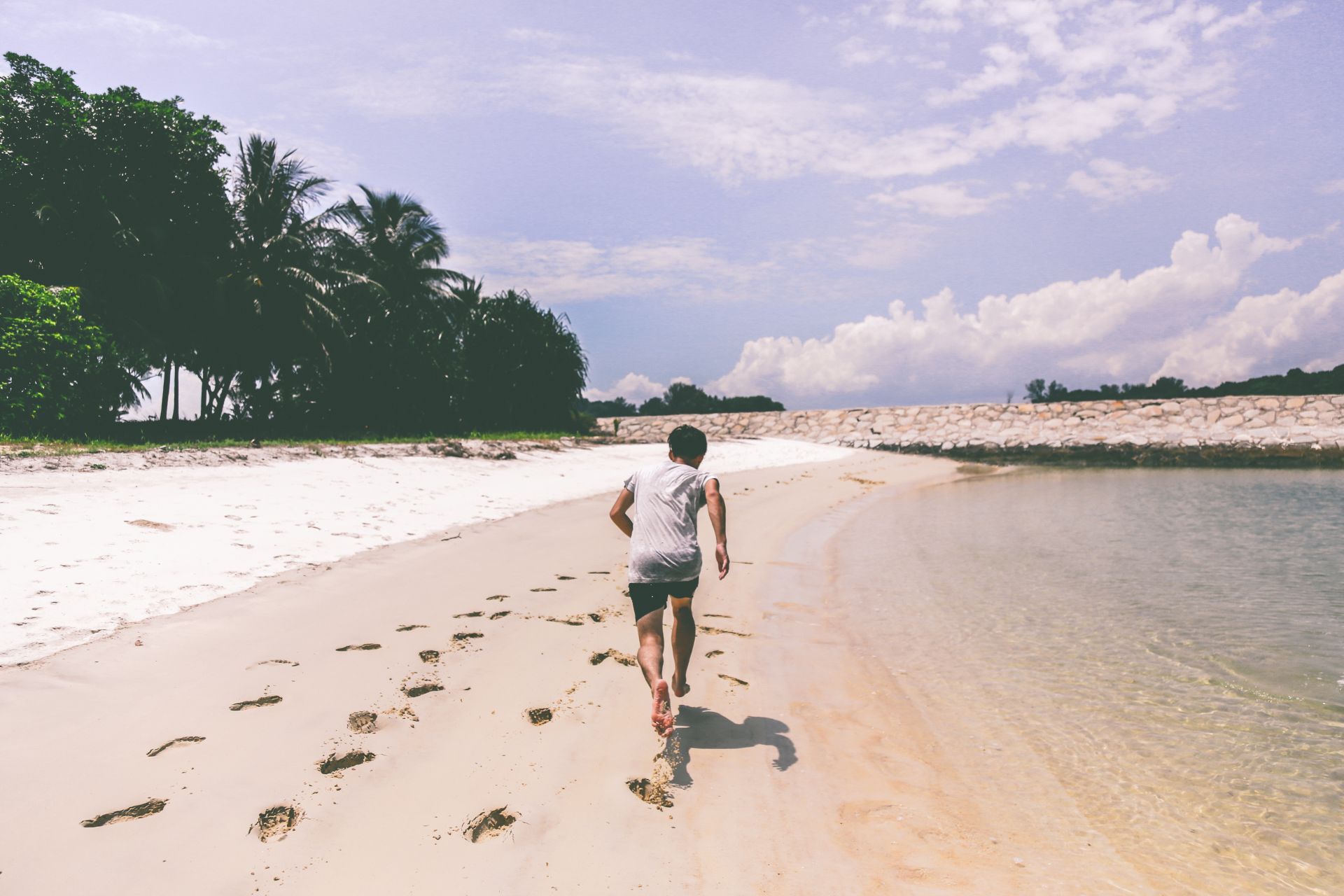
Athlete’s foot is a common infection of the skin of the foot, usually caused by a fungus called dermatophyte. The fungus lives on dead skin, hair and toenails and thrives and multiplies in warm, moist environments (for example between your toes), leading to infection.
The infection is called athlete’s foot because it is easily spread in changing rooms and communal showers, shared by athletes, sports people and swimmers. However, anyone can develop the infection if their feet come into contact with tiny flakes of skin from another infected person. It’s best to start treatment as soon as possible as the infection is harder to treat if it spreads
If you’re interested in discovering more about how Chinese Medicine can help with athlete’s foot then read on and come and visit us or request free personalised health advice.
How can we help?
Chinese Medicine addresses athlete’s foot with a blend of acupuncture and herbal medicine, either taken internally and applied to the site of infection in the form of herbal foot powder, or anti-fungal lotion. Diet and lifestyle recommendations are also provided to enhance the benefits of the therapies.
Chinese Medicine can make the recurrence of infections less likely and the body less susceptible to harmful external agents by not only targeting superficial symptoms but also strengthening skin and overall health.
How quickly will you see results?
The minimum course of treatment we recommend to see improvements is usually about 4 weeks.
Patients usually achieve positive results in a short amount of time, depending on the severity of the condition. They might need to strictly adhere to treatment protocols and continue topical treatment for a few weeks after symptoms disappear for a complete cure.
About Athlete’s Foot
Athlete’s foot, also known as tinea pedis, is a highly contagious fungal skin infection that is common in warm, humid environments. I t is typically acquired from locker rooms and communal showers, although anyone can develop the infection if they come into contact with tiny flakes of skin from an infected person.
Athlete’s foot typically appears on the web between the toes as a scaly, itchy rash, before spreading to the rest of the foot and sometimes hands, nails and other parts of the body, especially if scratching or touching the affected area. It is usually caused by a fungus called dermatophyte that takes hold in the outer layers of the skin and thrives and multiplies in warm, moist environments.
Unless properly dealt with, Athlete’s foot can lead to bacterial infections, resulting in uncomfortable and often painful symptoms such as redness, pus, swelling, drainage, and fever. It might also persist for many years and become chronic, deteriorating into cellulitis, corneum thickening or other skin and health conditions potentially more difficult to treat
Western Medical View
In the Western medicine view, fungal infections of the feet or skin are often considered surface infections with no connection to internal organs and tissues. Athlete’s foot is seen as an external disease, caused by a fungus and without a systemic or internal origin.
Hence, standard treatments primarily revolve around alleviating and resolving superficial symptoms and rely on topical, antifungal medications. These are available as over-the-counter powders, sprays, ointments, and lotions and are applied directly to the affected area. The two main antifungals are terbinafine and a group of medicines called azoles.
Among more natural, yet effective options that can be bought over the counter are Tea tree oil and Neem Oil, well known for their antifungal and antibacterial properties.
It is always recommended to wash hands before and after applying treatments to prevent the foot from developing a bacterial infection and to lower the risk of spreading it to other parts of the body.
If symptoms haven’t subsided after a week of home treatment, make an appointment to see your primary care physician as you may need prescription antifungals, either oral or topical, to get rid of a stubborn infection.
Chinese Medicine view
In Chinese Medicine, Athlete’s foot is caused by what Chinese Medicine physicians refer to as excess dampness, an imbalance that weakens the body defence system allowing for harmful external agents to penetrate and infections to spread.
Contrary to Western medicine, which sees Athlete’s foot and fungal infections as a condition caught from the outside world and being transmitted from one person to another, Chinese Medicine understands that all diseases arise secondary to some kind of underlying imbalance. According to Chinese Medicine, anything that occurs on the outside of the body, including rashes and eruptions, often has a corresponding internal disorder contributing to the problem.
Hence, Chinese Medicine treatments for tinea pedis work to address the condition on all levels and from the inside out. Acupuncture and specific Chinese herbal formulas can be prescribed to relieve and treat symptoms while also tonifying and strengthening the body defence system to restore balance. Topical foot creams are also often prescribed to soothe and disinfect the area and stimulate healing blood flow.
Lifestyle Advice
Lifestyle and dietary tweaks can help speed up the healing time and enhance the benefits of the treatment. Here are some useful tips to implement in your day-to-day routine.
Watch your diet. Diet alone can help the body eliminate and prevent fungal infections.
- Focus on eating whole, seasonal food, lean proteins, fresh vegetables and fruits.
- Try to include inflammation-reducing foods such as fish, nuts and seeds which are rich in omega-3 fatty acids, well-known for their anti-inflammatory properties.
- Try to avoid or limit fried and processed foods, dairy products, red meat and spicy food.
- Try to limit or avoid refined sugar as it stimulates the growth of the fungus and suppresses immune function.
- Top up on zinc, selenium, vitamin C, and beta-carotene which can help strengthen the immune function.

